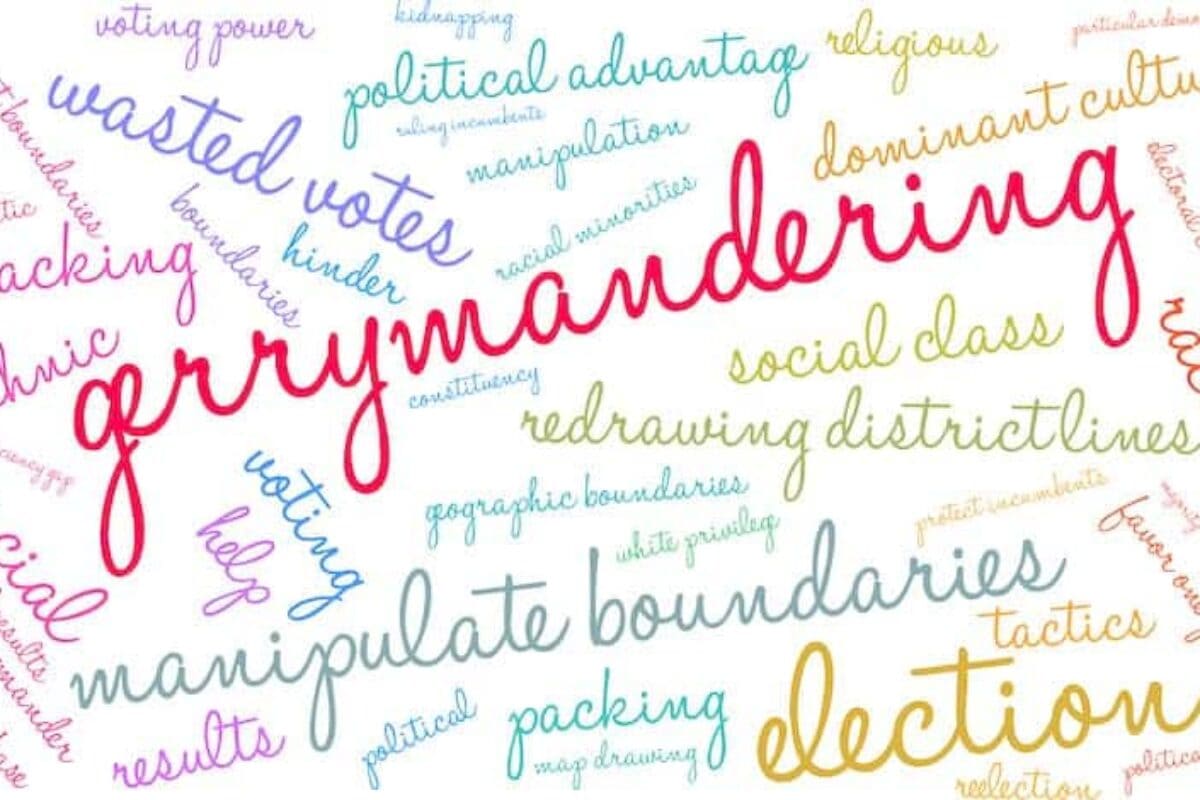By FOCUS, a Leonine Business
In late June the U.S. Supreme Court ruled in a highly anticipated case regarding the legality of partisan gerrymandering in the states. The case in question, Rucho v. Common Cause, centered on gerrymanders in two states, Maryland and North Carolina, and whether legislators in those states acted unconstitutionally when drawing state districts in 2012 to specifically benefit one political party over another.
The court’s ruling in the case was bound to be controversial whichever way it broke. In a 5-4 decision, the court found that while the practice of partisan gerrymandering is “incompatible with democratic principles,” it is a political question and therefore “beyond the reach of the federal courts” to regulate. The issue must therefore be decided by the U.S. Congress or the states.
With control of the U.S. Congress currently split, the chances of that body acting on the issue are as close to zero as you can get. The Supreme Court’s ruling has put the onus directly on the states to come up with individual remedies if they want to eliminate gerrymandering within their borders.
Drawing Lines
Traditionally, district maps are drawn by whichever party currently holds power in the state capitol. This process takes place once every 10 years, two years following the decennial U.S. Census. The last time this process took place was 2012, with 2022 redistricting rapidly approaching.
Control of this process is crucial because not only are districts for U.S. Congressional seats drawn, but also for state legislative seats. The party who controls the process can therefore manipulate who controls the state legislative chamber, as well as who represents the state at the federal level. In states where partisan control is close, controlling redistricting can mean controlling the legislature for the next decade. In other states, it can mean the difference between a majority and a veto-proof supermajority.
Because the GOP was so successful in the 2010 elections, they were able to largely control the redistricting process across the nation in 2012, setting themselves up for a decade of dominant state legislative control. In 2020, Democrats will be seeking to make the same inroads that Republicans did a decade ago, making the stakes for the upcoming election significantly higher. How successful each party is will set the political landscape for the coming decade.
Redistricting Commissions
Tired of the partisan battles over these lines, some states have already begun to put up a fight beyond taking the issue to court. The primary tool against gerrymandering has been the establishment of redistricting commissions. These commissions take control of districting away from partisan state legislators and instead put it in the hands of a group of individuals, generally bipartisan or non-partisan, with the goal of drawing fair, non-gerrymandered districts.
The move to create redistricting commissions has escalated over the past few years as resentment around gerrymandering and its effects has grown. To date, at least 17 states have established such commissions either through the legislative process or by ballot initiative. Because these commissions represent a huge transfer of power away from legislators and political parties, they have been fought fiercely at the state level, and just as fiercely advocated for.
With redistricting scheduled to take place in three years, and the elections to control the redistricting process just over a year away, fervor over the issue will be reaching a fever pitch in the states.
Road to 2022
In recent years, the issue has gone from back-bench to high priority for activists and donors on both sides of the aisle and is set to ratchet up even further in the coming year as a confluence of factors converge. The Supreme Court’s ruling was cheered by Republican groups, who have been the major benefactors of gerrymandering to date. Conversely, it has had the opposite effect on opponents of partisan gerrymandering, emboldening them to push harder for legislative or referendum change in 2020.
The focus of the next year for Democrats will be winning as many state legislative seats across the country as possible and gaining control of as many legislative chambers as possible, giving them a seat at the redistricting table. Further, a second major goal will be getting redistricting commissions on the ballot in as many states as possible, as such initiatives have proved popular with voters even in red states. Republicans will obviously want to thwart such gains, in addition to fighting any potential redistricting commissions at the ballot.
For both sides, there is a lot to gain, and a lot to lose. “He who controls redistricting can control congress,” said Karl Rove, former adviser to President George W. Bush in 2010, prior to the GOP takeover of the U.S. House and numerous state capitols in 2010. Neither side will be taking his words for granted in the coming year.


